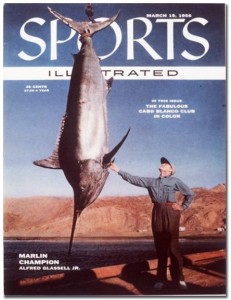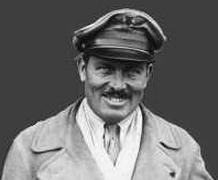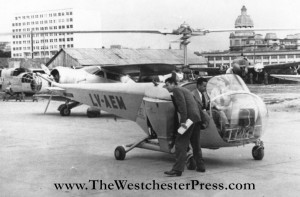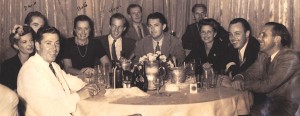
The Cabo Blanco Fishing Club was featured on the cover of Sports Illustrated in 1956, but there was more to the story than anyone expected…
Colonel C. J. Tippett was not only the Director of the South American Office of the International Civil Aviation Organization in 1956, he was also the club manager for the Cabo Blanco Fishing Club, off the coast of Peru.
The Cabo Blanco Fishing Club was the hottest big game sportfishing location in the world at that time, and celebrity anglers were pulling record-setting hook and line catches in astonishing numbers.
This activity attracted the attention of Sports Illustrated, and the magazine sent out a writer to do an article on the wonders of black marlin fishing on Marlin Boulevard. But the article didn’t represent The Club in quite the way the members had expected, some of whom were affiliated with the magazine’s leadership.
On March 19, 1956, the headline “The Fabulous Cabo Blanco Club – In Color” blazed from the cover of Sports Illustrated. It pictured Alfred C. Glassell Jr. with one of his many black marlin catches on the dock at Cabo Blanco. Tip’s happy anticipation in reading the article, mailed to him from New York City, quickly turned to unease as the author began to systematically bash the Club’s exclusive policies.
Tip and The Club’s leadership were tasked with damage control on the fallout from the article. The incident is described in detail in Chapter 17 of “When No One Else Would Fly“, the aviation biography of Colonel Tippett.
Tip wrote a telegram regarding his action on the article:
“KIP FARRINGTON. EAST HAMPTON, N.Y.
I HAVE WRITTEN HENRY AND YOURSELF A LETTER AIRMAILED YESTERDAY STOP.
SITUATION SERIOUS BUT CAN HANDLE STOP. REGARDS TIPPETT”
The full story, in the book, is now available on Amazon.com.









